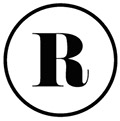Writer, educator and artist Kirli Saunders on the power of storytelling and the Dreaming.
Interviewed by Jade Roberts
I first came across Kirli Saunders via a podcast. Looking at the line-up of topics; as a fellow storyteller naturally I was drawn to “The Power of Storytelling”.
After all, PR done well is the art of connecting people through story so that they can find their tribe and ultimately connect through words that cultivate a deep sense of belonging.
Much of First Nations culture whose history spans over 60,0000 years is centred in connection through story – Indigenous peoples are the original storytellers – a sentiment and truth that is not lost on us.
Kirli is a proud Gundungarra raised Gunai woman with ties to Yuin Nation. She is also an award-winning international writer of poetry, plays and picture books. Kirli is a teacher, cultural consultant and artist.
Earlier this year Kirli was named the NSW Aboriginal Woman of the Year. And she has worked hard, dedicating much of her time in recent years to the preservation of First Nations languages. Her debut picture book The Incredible Freedom Machines was shortlisted for the Prime Minister’s Literary Awards and her poetry collection, Kindred was shortlisted for the ABIA 2020 Book Awards. Her verse novel, Bindi (Magabala Books) was the inaugural winner of the WA Premier’s, Daisy Utemorrah Award and we look forward to it being released in October. Kirli was also a participant in Share the Mic Now Australia which saw Kirli do an Instagram takeover of Australian-based internationally acclaimed actress; Teresa Palmer’s platform; as part of an initiative to help amplify indigenous voices in Australia.
Dedication to First Nations language, story and education has been the conduit for so much achievement in Kirli’s young life so far. She’s been an incredible talent to research and get to know more.
As a girl (me) who grew up as a colonialist hamlet in the semi rural suburbs of the south-east of Melbourne (aka a little bit bogan); I wanted to ask so many questions without sounding un-educated, without offending anyone and/or appearing impulsive or insincere given the recent, global attention sparked by the tragic death of #GeorgeFloyd and which catapulted issues in much need of attention around Black Lives Matter.
The truth is; I’ve wanted change for as long as I can remember but I haven’t known how, or where to start or what possibly I could do or even if I was welcome to try. And if I was, in what way could I or raraPR be helpful?!
During my time with Kirli I wanted to ask all sorts of questions that I didn’t. Why is First Nations language not taught in schools and how can we change that? Why is ceremonial dance not part of our collective national identity in the same way Maori culture is celebrated in New Zealand? Or would this diminish or misappropriate sacred culture?
Surely the answer to finding our national identity in a wonderfully multi-cultural modern society beyond beer, meat-pies, pop-stars and sports celebrities, is to turn to where it all began, the good and the bad of our nation’s history?
I’ve always wanted to know more about Aboriginal storytelling; and about how to share, celebrate and preserve the language for the Custodians of this land and for us all; for humankind. Something so important dare not be lost. I mean; naturally when we are a visitor to a country; at the very least we learn a few phrases out of interest and in respect of whose land we’re on. I’ve always wondered why Aboriginal languages weren’t a part of our every day vernacular.
I wanted to ask about; why when referring to stories does it become a noun singular for example ‘story’, or when referring to land is it referred to ‘country’ a collective singular. And why when referring to indigenous people is it ‘peoples’; a collective plural? I wanted to get all of this right. But instead of asking any of these questions I just avoided them all together for fear of sounding like an idiot or relying on Kirli to be my personal cultural advisor when she has far more important things to do than inform me alone. This is work I need to do myself. And I will. I am. raraPR is committed, always and forever. We won’t be waiting any longer; we’ll use our platform for progress and inclusivity instead of focusing on the size of our impact or in fear of doing things wrong. It all adds up right?!
So without further adieu; my very planned and researched interview with Kirli ended up being a shoot-from-the-hip, recorded conversation between two new friends who have a love for words and the power of storytelling.
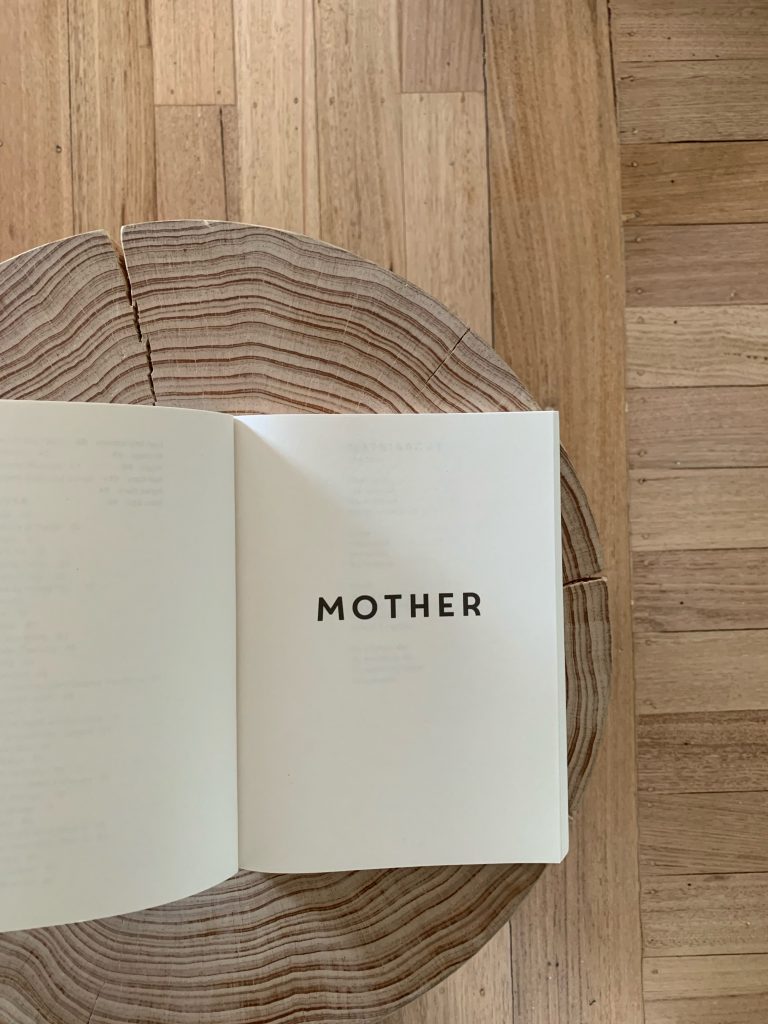
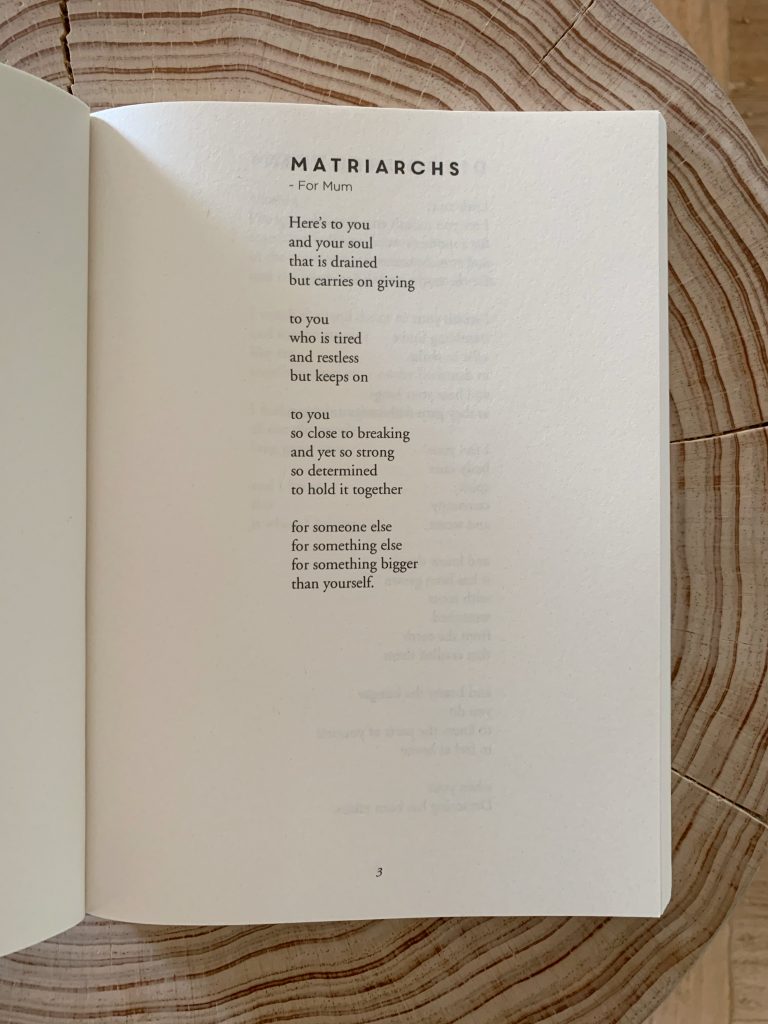
When I first stumbled across you and your story, you were being interviewed and talking about how you brought the concept of The Dreaming into your life for guidance; it just brought me to tears for all the right reasons.
The idea of seeking out Elders for guidance and the cross-generational beauty in that; as well as the wisdom they shared in helping you to recognise your right path when at a cross-road; along with the simplicity of this thousands year old concept which is still so relevant today but often lost in the busyness of modern living and in the mode of striving. It was a timely reminder, which really struck a chord, as no doubt it did with many.
The Dreaming in a lot of ways is a compass for me when and I’m about to make a decision or consider a change of course. My Old People taught me, It’s a non-hierarchical, spiritual way of being and knowing and it allows us to know our responsibilities and obligations to community and to ourselves.
When I reached a crossroads about whether I wanted to continue teaching or to pursue writing. I sat down with my Elders, who taught me my Dreaming. They explained that through The Dreaming I’ll always know what I have to do.
This is a simplified version of what is a complex spiritual grounding that differs for every Country; but it is a way of being and knowing comprised of three facets.
And they are…
“Earth;” First we must take care of the earth. We are born from Mother Earth. We live with her. We die, we return to her. And being a child of the earth means that we live in sustainable and careful ways. And always with an awareness of her beauty. And being in nature is what levels us all with every living spirit. And when we ingest the earth she becomes part of us and that power shines out of us in all of these different ways.
“Ourselves;” Then we must take care of ourselves. And that is through caring for ourselves. Simple things. Taking care of yourself means getting enough sleep and staying connected with your own values. All the things that keep your cup full so you can fill the cup for community
And lastly community; sharing your gift to community. And for me my Elders helped me understand my gift is that I am a teacher, a storyteller to ‘go and tell the story’.
It’s a path that laid down for us by our Old People and likewise when we follow it we lay down paths for the people that follow us, sharing footsteps and footholds for those that follow on.
So when an opportunity arises I sit with this compass and check; does this allow me to be a storyteller or a teacher and does it allow me to help other people too.
If we take care of ourselves and the earth and the community then we’re fulfilling that Dreaming.
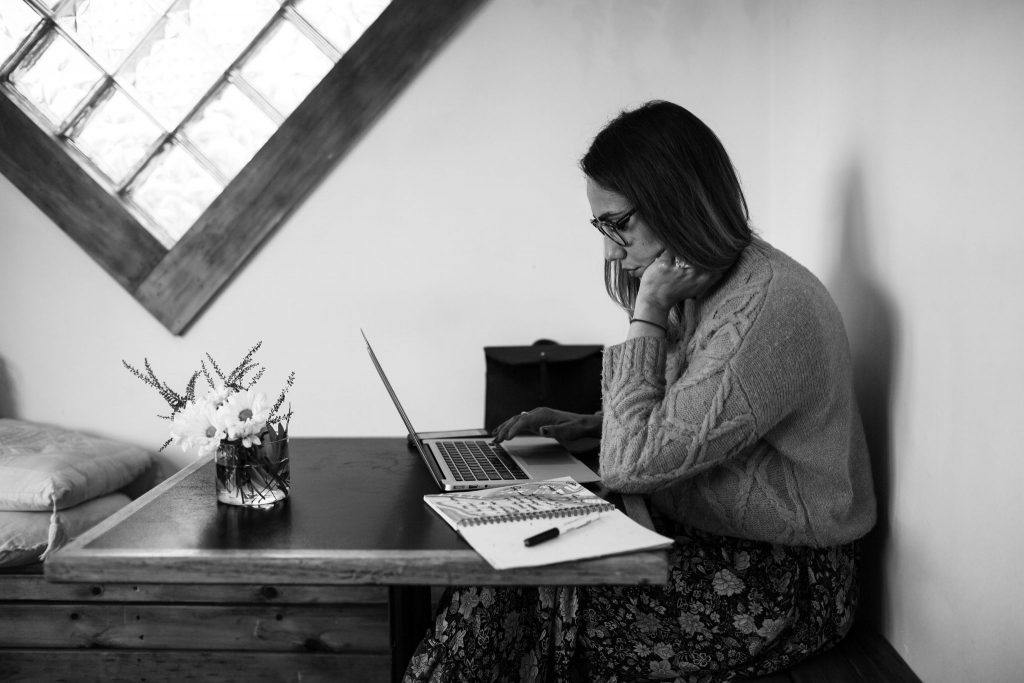
Have you had to reflect on or put the concept of The Dreaming into action in your life recently?
Well yes, always. But particularly in relation to recently resigning from my role at Red Room Poetry to become a full time writer. You know, it’s heartbreaking to think about that, that chapter of my story closing for another to open; it’s been so many things to me and it really allowed me to follow my Dreaming by way of sharing my gift with community.
My Elders told me and I know, that I am to be a storyteller and a teacher. And that’s how I care for community by sharing those gifts. So it’s really exciting to be able to be doing that full time and visiting schools and working on plays and books.
Can you tell me more about the play you’re working on?
I’m working on a play called Going Home, which tells the story of going back home to yourself and to country.
When my mum was removed (from the Bega area), and then re-connected with her ancestors and spent time just sitting and listening to yarns and making those great connections back to the parts of you that you feel have been lost or as though those connections have been severed because of colonial impacts…
It’s just such a common theme that I have witnessed with students in the classroom and with my own family, which impacts on generational trauma.
Whenever I meet First Nations kids in the classroom, often I’ll ask “who’s your family or where are you from?” And they might not know and there’s so much shame held in that. And that’s something that really evolved out of working with children from the poetry and first languages project with Red Room. So yeah, it’s exciting. It’s exciting to be able to be writing a semi autobiographical play.
The names have been changed but much of it is healing the intergenerational traumas within family. And I’m having lots of conversations around decolonisation. Especially in light of the Black Lives Matter movement which has brought public light to ongoing issues currently.
Do you feel overwhelmed and burdened at all by what’s happening in the world and the role that you have taken on in it all?
Yeah, I guess I do; it’s been a big time, hasn’t it?
Like things that have been bubbling away in the political sphere for all times and now becoming really visible because of social media. We’re not just seeing one side of the story like we would with usual media, but kind of getting both sides because we’re getting our own stories coming out of social media movements.
So yeah, there have been moments where it has been sort of burden where I’ve got people who are reaching out for answers, but haven’t done any of the work themselves.
But now there’s kind of a cooling out of that and people are starting to really do the work themselves. So it’s exciting to see those shifts and I do believe that change is coming. We just cant lose momentum.
I’ve fluctuated in and out of just total heartache and heartbreak. But I do feel hopeful; it’s really beautiful thing to go to a protest and to see people from my community are standing by me with their own placards.
Have you experienced backlash towards you from those who disagree with protesting during a pandemic?
First Nations people are at higher risk during a time like a pandemic. And so I can understand if mob choose not to in order to protect Elders. However the issues around colonisation and the deeply ingrained institutional racism which seeks to oppress First Nations people has outlived all pandemics since colonisation, and will continue until such times as it’s changed. And if a protest is the way to make some kind of mobilisation around action, well, then that might be the start of it. And you know, hopefully it gets people thinking and looking differently.
It certainly creates a lot of visual content that ignites conversation and provides deeper context, which cannot be ignored. I like the idea of looking into why and from a place of compassion; despite a pandemic this needed to happen; the need to be heard is so great that not even a pandemic could stop it. How has being involved in writing books different to writing a play?
Well it’s all about being really honest, in truth, speaking about our nation’s history, and whatever the platform (Instagram, a book, or a play…) we can utilise these to talk about these things really openly and that’s a good thing.
Yes, and the imagery just helps to bring it to life. And I’m sure it helps with the healing I can imagine and also just knowledge and education for everyone that wants to lean into it and learn more about the history of our nation.
That’s right.
What has made you most proud about your work with Red Room Poetry and who else do you think is doing great work in the language preservation space?
The proudest thing about working with Red Room Poetry was being involved in creating and establishing protocols and practices that engage First Nations communities with paid employment pathways, and in safe and reciprocal ways.
The Poetry and First Language Project has meant that I’ve been able to meet the community and provide Custodians and Elders the space and the opportunities to engage with local First Nations students.
But the project also meant that we’ve been able to commission First Nations writers to honour indigenous cultural intellectual properties, and the process behind establishing First Nations crediting protocols and engagement strategies within the organisation as well as strengthening our Reconciliation Action Plan.
I really admire Red Room Poetry so much for being an organisation that has embedded those types of structural changes in the industry around poetry.
And I’m grateful to them for helping me on my own language-learning journey.
Who else is doing great work in the language preservation space?
Miromaa in Awabakal country (Newcastle) also does great work in the First Nations language conservation and reclamation space.
What’s coming up for you that you’re really exciting about?
I’m so excited for Bindi which is my new book due to be released in October. Bindi is very autobiographical in that I think I just took out my family’s names; there’s lots of precious family moments tied up in Bindi’s pages. I can’t wait to share a story about land and language conservation!
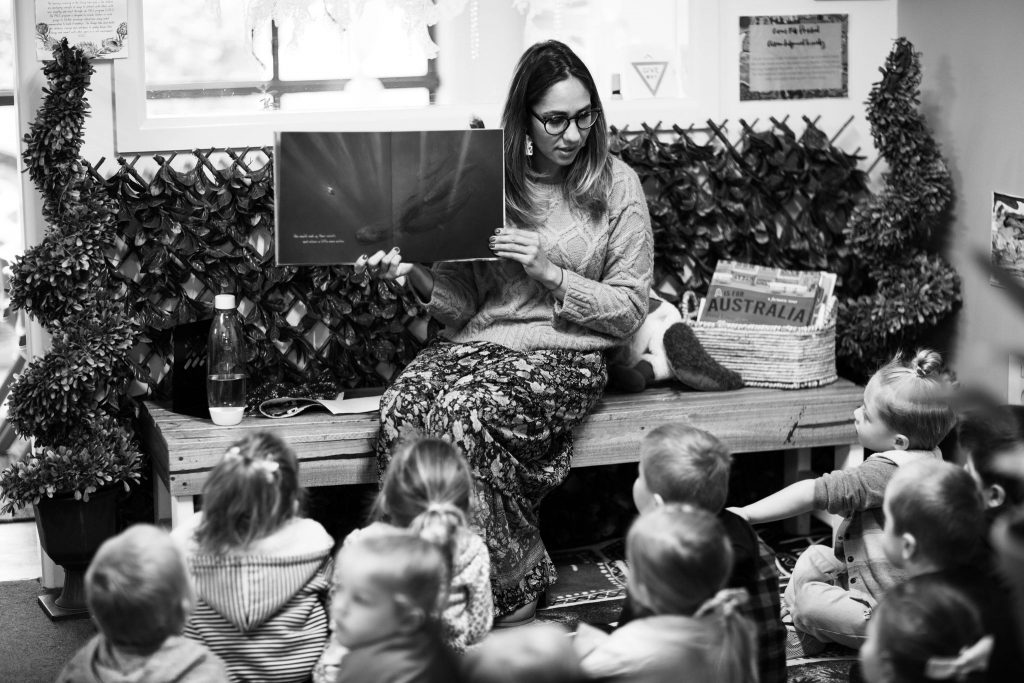
Tell me about your recent experience with Share the Mic Now Australia?
So Share the Mic was established in the States and adopted over here by Tara June Winch and Zoe Foster Blake.
They connected non First Nations celebrities and paired them with a First Nations writer or thinker or business leader. The celebrities handed over their mic via Instagram to a black voice to help amplify indigenous voices in Australia.
First Nations voices aren’t amplified in the same way as white voices are because of privilege structures and things like that. I was paired with Teresa Palmer who…oh man, what a badass mama she is; so amazing…a film director and an incredible actress. You know, so many talented things?!
And yes, so it was a process of sort of pre-recording the content and then having Teresa upload that content and just kind of keeping up with it and sharing the stories during the day. It’s the first time that I’ve ever looked at social media as an educational space. I’ve always kind of just thrown out things and used it as a platform to share what’s going on in my world. But I my attitudes to social media have really changed recently, especially as a result of things like Share the Mic.
Social media is being used as an educational platform. And, you know, when people come to me and say, Oh, Kirli I want to know about decolonisation or I want to know about the Black Lives Matter movement, I send them 20 Instagram handles and say go check out all of these people. You know, make sure you’re following as many black people as white people. Keep as many coloured people in your feed and get a really wide spread of different cultural influences in your daily life while you’re scrolling.
So yeah, it was, it was a real privilege to be able to reach that many people.
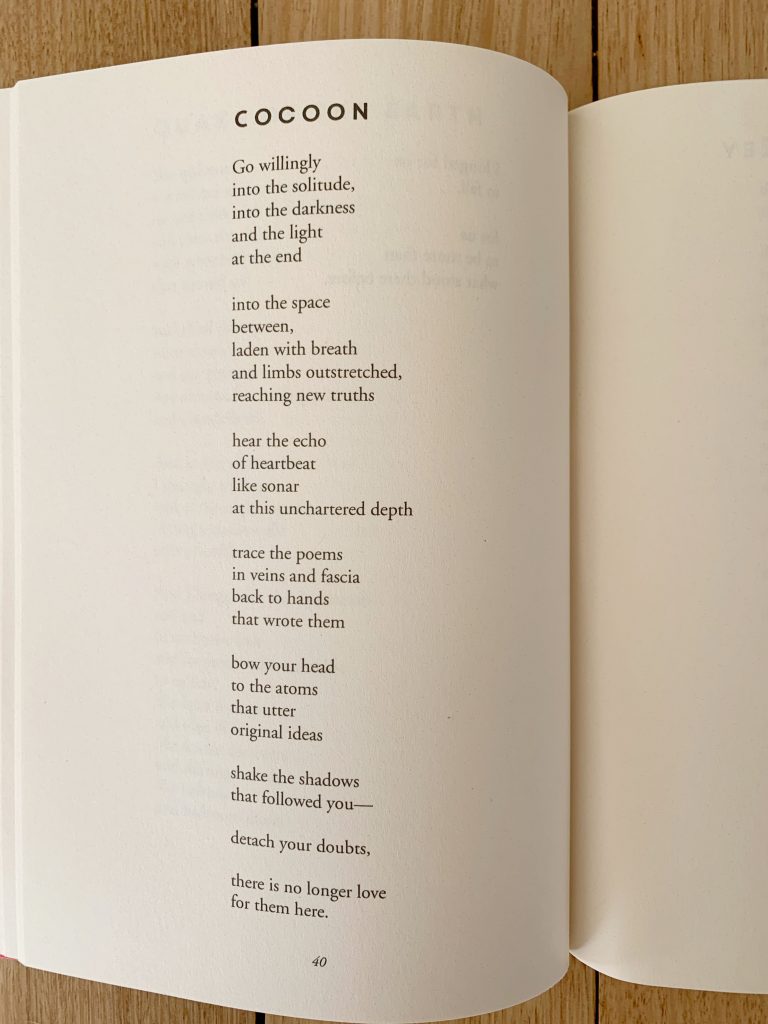
I’d love to know the meaning or story behind your name?
Well, the story behind my name I think is an interesting one. It’s an indigenous name, which is pronounced ‘curly’, like curly hair.
And it’s the name for the Eurasian Coot Bird, which is a black and white water bird. I’ve always had an affinity with the water and I’ve always wanted to fly. So I do feel connected to it.
Have you met any other Kirli’s?
I haven’t met any others yet. I’m keen to. I’m waiting for the day when I get to meet another person with the same name.
So in the spirit of doing this interview backwards I’m going to ask you what are you listening to, reading and watching?
At the moment, I’m reading Ellen van Neerven’s book ‘Throat’, it’s a poetry collection which explores loves, language and land…and every single person needs a copy of this book! It is amazing.
I’ve also been listening to an audio book by Gabor Maté. called In the Realm of Hungry Ghosts. It’s about addiction and it’s just fascinating. He talks a lot about how trauma has resulted in addictions and other maladaptive behaviours, and how society has criminalised addictive behaviours.
And I think it’s really interesting because you know, Western society doesn’t always think about maladaptive behaviours as being tied to trauma, and we don’t always look at trauma and look at the deeper roots of it and show compassion.
That’s so true, addiction is a default strategy. It’s repetitive so that you don’t have to think about other things, the bigger things; to sort of reduce decision making. That sounds like a worthy read…
It’s so good.
…I don’t watch a lot of TV or anything like that. But a TED talk that I found recently and love is by Alain de Botton. And he’s talking about how you will marry the wrong person, which I think is hilarious. I love reading, listening and watching, absorbing, consuming things around psychology…
But he goes on to say that we will marry someone who is good enough. And that, you know, more often than not, we’re being attracted to people who are familiar to us. I found it really, really interesting.
Hmm, ‘what am I buying?’, um, I try to err on the side of minimalism things that I buy a lot to make sure that they have a use. So I’m a sucker for buying audio books rather than physical books because I don’t like to take up space. Coffee, I buy a one kilo bag of coffee from a local cafe, my favourite cafe where I often go and visit. And then I have my little stovetop coffee press, which is you know, that’s my joy every morning.
You’ve mentioned experiencing and living with anxiety in the past, do you think coffee feeds into this?
Yes! I have one coffee a day and I try and make tea otherwise. I’ve got a really nice cinnamon tea that I make.
Oh that’s my favourite tea too.
So good, isn’t it?!
Yes, it’s delicious.
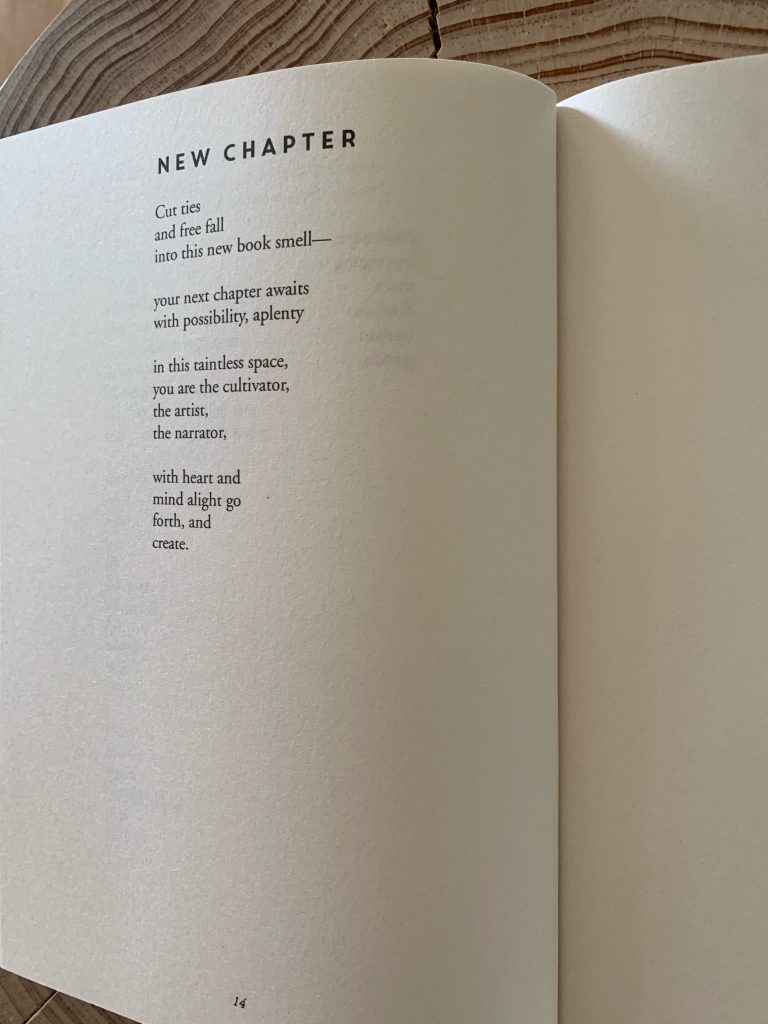
Tell me about your family dynamics…
My mum’s First Nations. So she was born down on the south coast and my dad’s non First Nations. I was raised in the Southern Highlands, which is a fairly wealthy, sort of mostly white community. And I say that because as a kid, I felt too white to be black and to black to be white. Like I didn’t really fit into that community because of my cultural background in our family history with trauma and dispossession and removal and things. So yeah, it was an interesting place to grow up, but it allowed me to ride horses and play hockey and to develop a bit of an arts practice around music.
What was it like growing up in the Highlands?
The highlands itself is divine, green, lush country. There’s an abundance of incredible birds and water holes. And yeah, lots of beautiful, beautiful bush walks. And Bindi, that book that’s coming out in October, is a first novel that talks a lot about the experience of growing up in the Southern Highlands and on Gundungurra country and having the connection to walking those trails as a child.
I’d love to know more about where I live and where I grew up with regard to First Nations history…
It’s definitely a really good way for non-indigenous people to take some initiative and connect with indigenous culture. I mean, you know, 60,000 years of occupying a space. All over Australia there is a rich cultural diversity and a deep depth and awareness of the land that is accessible to us. But perhaps we’re not looking for that knowledge. So when people come to me and say, Oh, how do I find out about the place that I’m on, I say, oh, we’ll start with the eye access map and identify the language group of the land that you’re on at the moment.
And then identify the language group that you belong to, and then I would start researching the history of that language group or the history of the landscape that you’re on with, you know, First Nations occupation in those spaces, and then I would also talk about the Custodians shaping those spaces. And then I would also have a look at your Land Council, First Nations Orgs and local art galleries or creative spaces with local First Nations community engaged.
What did you dream about doing for work when you grew up?
I wanted to be an artist. My grandfather is an incredible artist he passed away a few years ago, but his legacy has been a beautiful artwork that all of the grandchildren and his kids have, you know, taken on and we have it around our homes. And yeah, I think when I was young, I didn’t believe you could make money out of being creative. And I was told that it wasn’t a reasonable you career.
So it’s super exciting to be able to make enough money to survive as a writer and to full time into that.
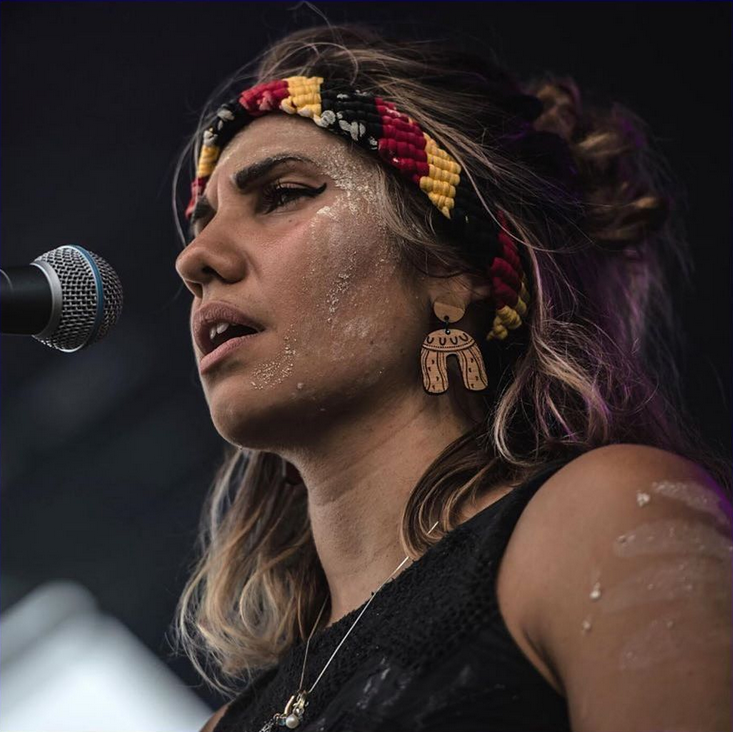
You’ve got a large-scale art exhibition coming up centred on the theme ‘What’s your business?’ Tell me more about the meaning behind that…
It’s a question that’s often asked to you when you’re walking on country, with community with Elders in different places.
They want to know, ‘what’s your business here’? As in ‘why are you here?’
And the question is, you know, I think it could appear rude if you didn’t understand the cultural background of it, but it’s basically, ‘what did you come here to contribute to our community?’ And ‘how can we help you on your journey?’ And ‘how can you help us on ours?’
And so yeah, it got me thinking about that as a question that we should be asking everyone on country everywhere, anybody who lives in Australia, ‘what’s your business here?’ How are you taking care of the country? How are you taking care of the community? How are you being mindful of the way that you walk and move softly across this land? And so as part of that project I created 2 X 2.4 metre panels large scale artworks as part of that concept.
Wow, you’re such a busy lady…
I really enjoy the process of collaborating, as you know, sometimes writing can feel lonely at times when you’re just strapped to your desk and staring at your computer.
So it’s super nice when you get to see your work out in the world and be able to interact with it in the classroom, you know, and one part I love about the shaping of a book, particularly picture books is the fact that you get to work with an illustrator and I feel so lucky. You know, I’ve hit the illustration jackpot with people like Matt Ottley and Dub Leffler who are super talented illustrators.
I really love the concept of ‘what’s your business?’
Yeah, it’s kind of a question I ask myself as I go about my life, I think we could all be asking that question more, how are we contributing rather than how are we transacting, how are we adding rather than how are we benefiting.
These notions of meeting to add, and create and better again comes back to the Dreaming; where two people connect, you both help each other grow. And then when you leave, you move in a new direction with all of that knowledge that you’ve just acquired. And that adds to who you are. And the same for the other person.
Oh so much about this concept is the heart of PR done well; but it gets lost in commercial transaction…
Yeah to engage people in ideas, right?! And conversations and to open up real connections in a world that is frayed by these false connections through social media or in a world of instantaneous gratification. A hearty yarn goes such a long way.
Writing and story is so important in all that we do – for connection, for increasing awareness whether it be for a cause we’re passionate about, or growing a business to support yourself and family or in day-to-day interactions; from your perspective; how can people improve their approach to writing and storytelling?
Good stories need to be precise. They need to have a wonderful character and depth so you can see the development of that character as they acquire experiences in life. The character changes and in some way likewise the person reading it also changed. Good stories allow people to see a change in a person that they can mirror themselves.
Good stories come from the heart. When I sit down to write a story or poem I’ll start off with one piece of paper. If I’m getting stuck, I just move that to the side and go ‘okay Kirli, what story do you actually need to tell?’ Instead of the story that you think you have to tell, you know what actually needs to be said. Then I’ll sit down and write what I actually need to say. Good stories are truthful.
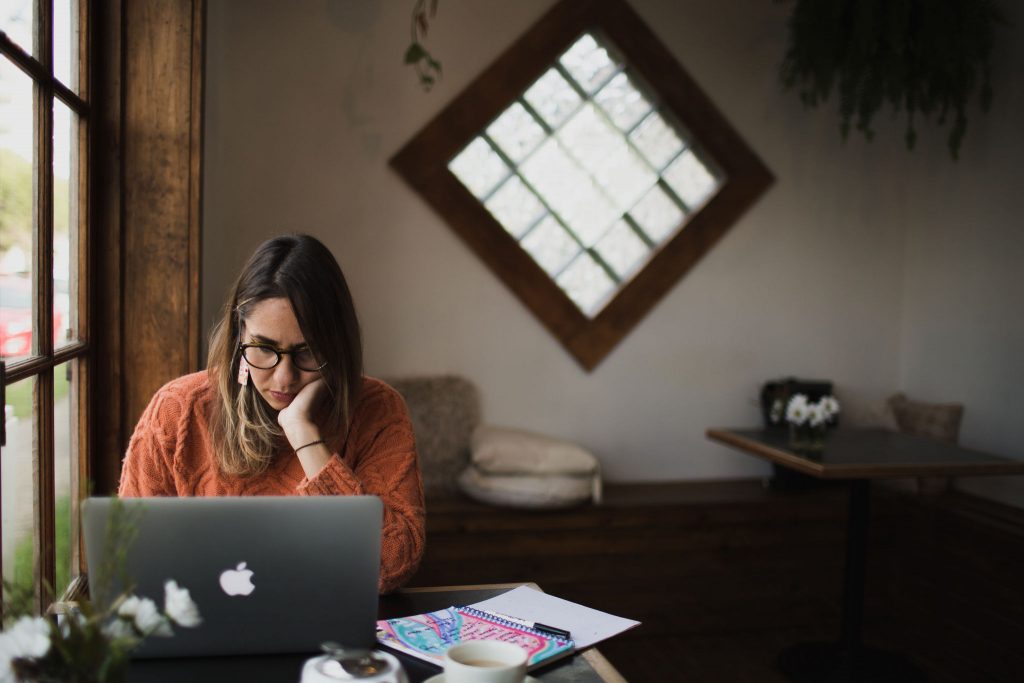
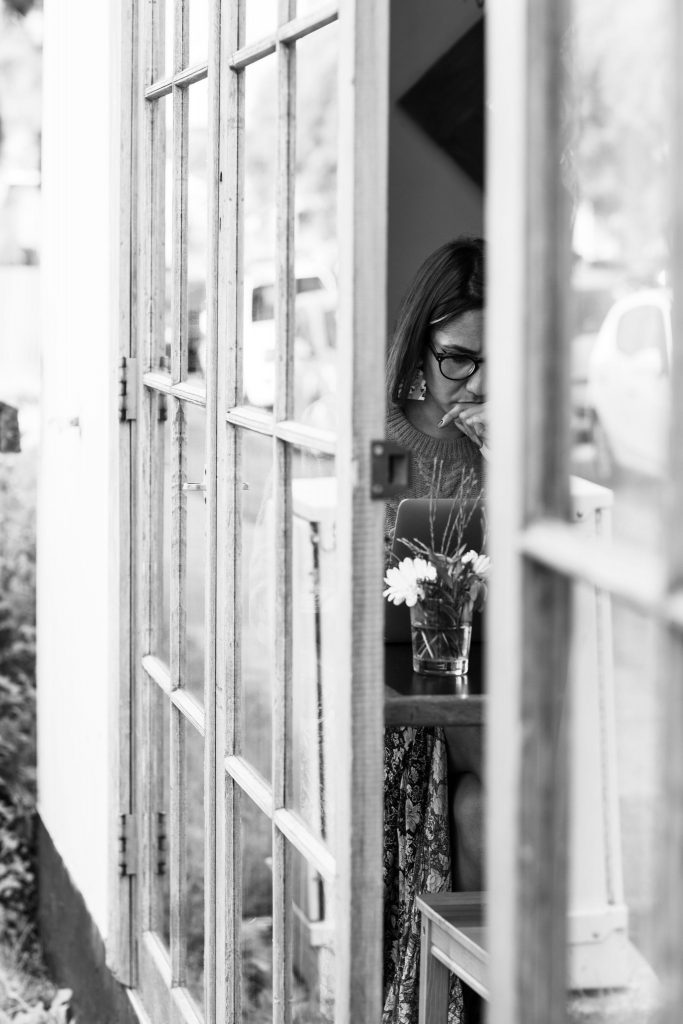
How did you nurture this idea of becoming a writer?
I had some really great teachers who woke me up to poetry also to the way that literacy works within a text and how certain techniques can tap into the reader and allow them to connect to what you’re writing more easily. You don’t have to be exceptional with writing in order to tell a story that connects. The best stories take something personal and make it universal.
How do you feel about social media and the role it plays in modern storytelling?
Social media is really, the highlight reel and I’m guilty of it too. I’m working on being more vulnerable in my day to day interactions with people but I really to shake my Instagram game up and find more space around the highs and lows and complexities of everything. I’m planning to lean into that. You know that’s been a recent learning for me; being comfortable with being more vulnerable.
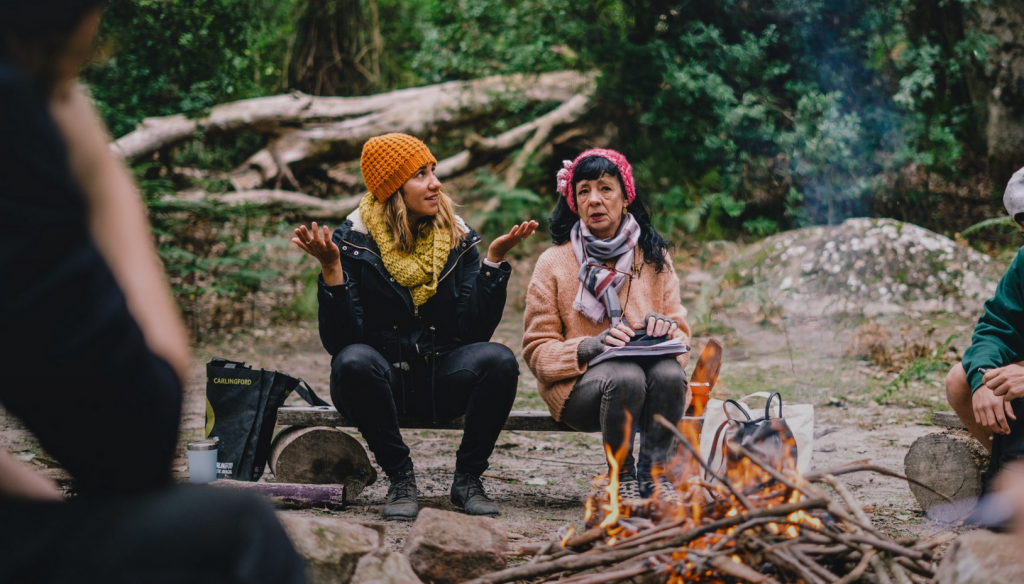
Follow Kirli
@kirli.saunders
www.kirlisaunders.com

